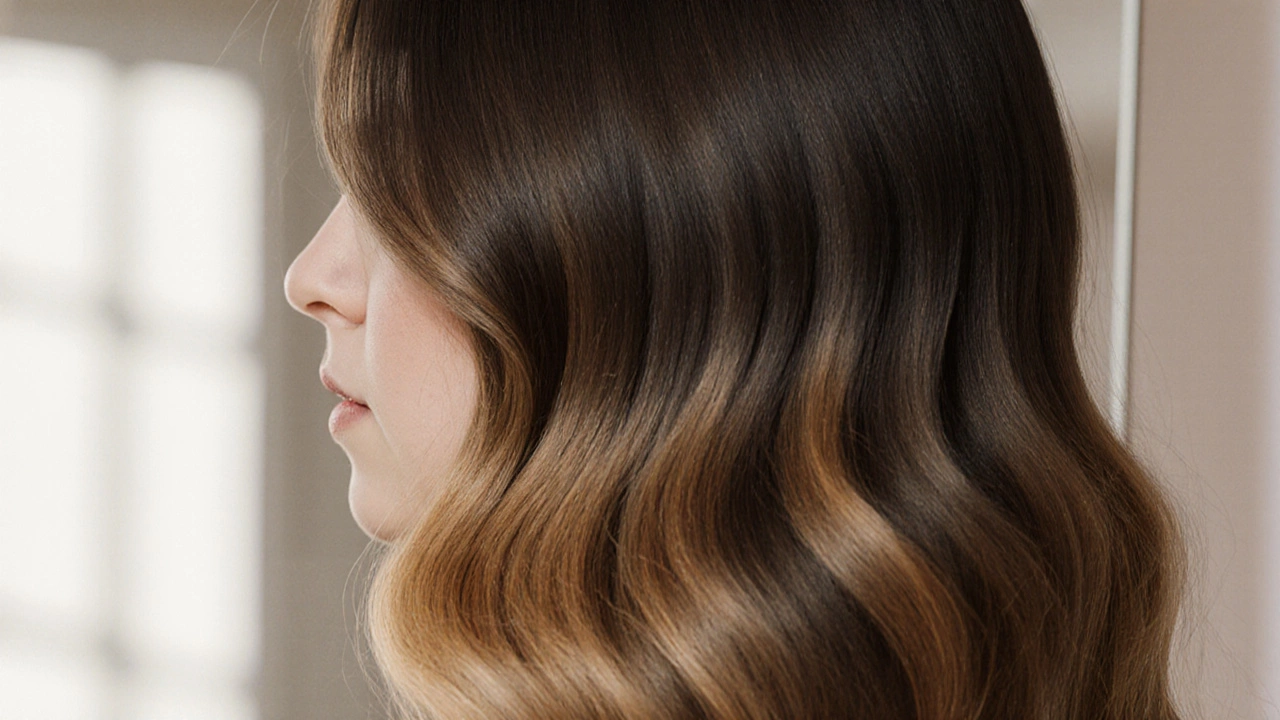Tape-in Extensions: What They Are, How They Work, and What You Need to Know
When you see someone with thick, long hair that looks natural but impossible to grow out on their own, chances are they’re wearing tape-in extensions, a type of hair extension bonded to natural hair using thin, adhesive strips. Also known as tape extensions, they’re one of the most popular choices for people who want longer, fuller hair without heat, glue, or sewing. Unlike clip-ins that snap in and out, tape-ins lie flat against the scalp and blend seamlessly—no bulky clips or visible wefts. They’re designed to last 6 to 8 weeks and can be reused if cared for properly, making them a smart middle ground between temporary and permanent hair additions.
Tape-in extensions work by sandwiching a small section of your natural hair between two adhesive strips. The tape is medical-grade, hypoallergenic, and meant to hold strong but release gently during removal. That’s why they’re so popular among salon clients who want to avoid damage. They don’t pull on the scalp like wefts or sewn-in tracks, and they don’t require heat or chemicals like keratin bonds. You can wash, style, and sleep with them just like your own hair. Celebrities like the Kardashians have made them a household name, but they’re not just for red carpets—real women use them for everyday confidence, volume after thinning, or just to try a new look without commitment.
What makes tape-ins different from other types? They’re thinner than sewn-in wefts, easier to hide than clip-ins, and less invasive than fusion methods. But they’re not for everyone. If your hair is very fine or short, they might not hold well. And if you skip maintenance, the tape can lose grip or pull on your strands. That’s why professional application matters. A good stylist will place them in layers, match your hair color and texture, and teach you how to care for them at home. You’ll need sulfate-free shampoo, gentle brushing, and avoiding direct heat on the tape area.
People often ask if tape-ins are worth the cost. Compared to other methods, they’re mid-range in price but offer the best balance of durability, comfort, and natural look. Many who try them end up switching from clip-ins because they don’t slip or show at the roots. Others switch from keratin bonds because they don’t want the damage or the salon visits every 4 weeks. The real win? You can go from shoulder-length to waist-length in one appointment. And when it’s time to take them out, your hair is usually still healthy—if you did it right.
Behind every great set of tape-ins is a good routine. That’s why you’ll find posts here about how to choose the right brand, what to avoid when washing them, how to match your natural color, and even how some stylists use them to fix thinning hair after pregnancy or stress. You’ll also see how they compare to clip-ins, sewn-ins, and even human hair wigs. There’s no magic formula—just smart choices based on your hair type, lifestyle, and goals.
Whether you’re thinking about trying tape-in extensions for the first time or you’ve worn them before and want to do better next time, the articles below give you real advice from people who’ve been there. No fluff. No hype. Just what works, what doesn’t, and how to make it look like your own hair—because that’s the whole point.
Do Hair Extensions Damage Your Hair? Risks, Types & Care Tips
Find out if hair extensions damage your hair, learn which types are safest, and get essential care tips to protect your natural locks.
